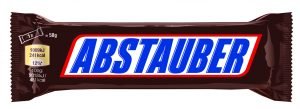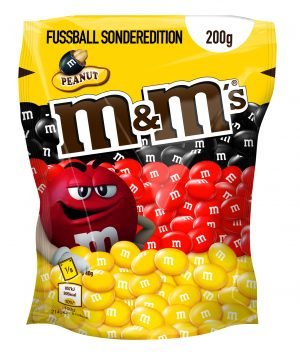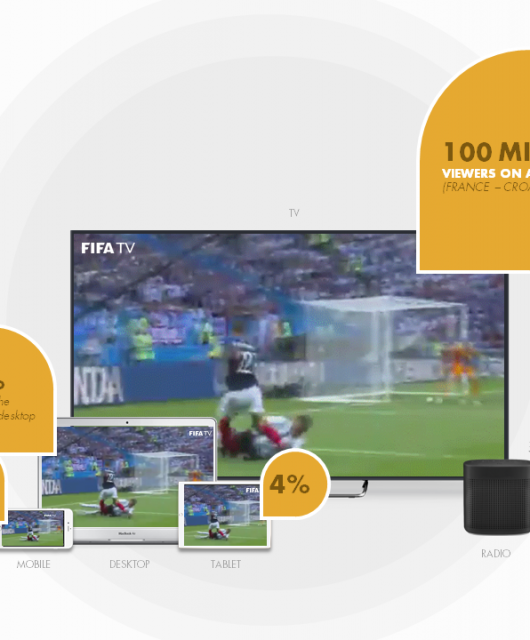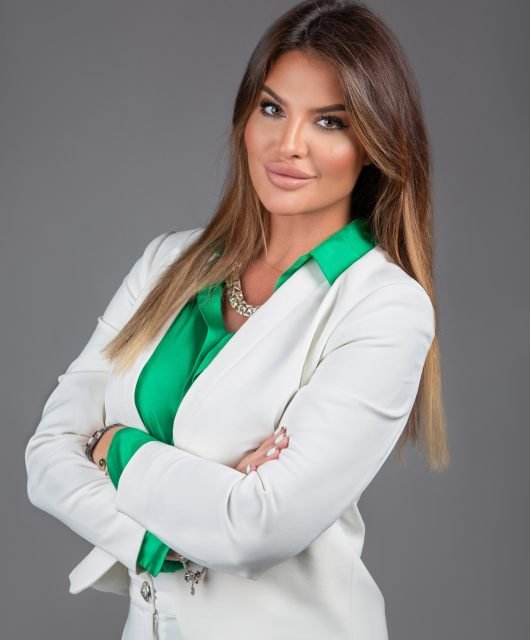Of Colors Codes And Copycats: Branding During The Weeks Of The FIFA World Cup
Football fascinates and unites people from every nation. Virtually every child in the world knows the rules – and to play the game, all they need is an improvised playing field and a ball. Football is universal. During the World Cup, on every continent of the globe, normal spectators become fans and fans become fanatics, cheering their teams on and sharing the thrills and chills of victory and defeat. So it’s no wonder that brand managers and branding agencies have also recognized the emotional power of this worldwide event, and often appropriate its motifs and symbols in an effort to make a connection between the tournament and their products.
One thing is certain: Major events like the FIFA World Cup are a legal minefield. It starts with the proper use of the tournament’s name: Strictly speaking, the official name is the 2018 FIFA World Cup, and only brands that have negotiated sponsorship contracts are allowed to use it in their advertising. Those contracts may make financial sense for global corporations like Hyundai or McDonald’s, but most companies can’t afford them. Consequently they are prohibited from making references to the tournament.
We have observed in Germany that many brands find ways to work around the legal requirements by employing “codes” that consumers immediately understand when they encounter them in the supermarket, for example. Unfortunately, the impression they make is often uninspiring, as they seem trite and predictable. Here are three negative examples I’ve run across just this week: References to athletic successes of years past, “collect them all” campaigns, and copycat designs that resemble as closely as possible those of FIFA or the German Football Association. This last example in particular should be a “no go” for any company that takes care to protect its own trademarks, because any brand that undertakes to ensure its own symbols remain sacrosanct while copying those of others, ultimately forfeits its own credibility.

Special editions, on the other hand, are a good way for brands to adapt a different tone of voice and push the boundaries of their own brand identity. Special “World Cup” editions, for example, are offered for a limited time only, and immediately look out of date and out of place if they are still on the shelves once the tournament is over. So brands have two to three months in which they can take advantage of this opportunity to set themselves apart and catch consumers’ attention – ideally while also garnering valuable information about their target group’s purchase behavior.

Fortunately, there are also positive examples. A simple and effective stylistic technique involves quoting a country’s national colors or the colors of the team’s uniforms. Color codes can be used while still remaining true to the brand’s own visual identity. Of course, good design is essential – and it’s particularly clever to apply the new color not just to the packaging but to the product itself. Candies like m&m’s and Smarties, for example, are currently available in a special edition of black, red and gold – and as such can be used as a table decoration in addition to being a popular snack to take along to a public viewing.
Other brands have gone a step farther and developed strong communication messages. For example, I couldn’t help noticing the Snickers bars that have replaced the brand name with the names of team positions or nicknames. In my opinion, approaches like this one are a good way to focus attention on football as a sport instead of the tournament itself. Football unites people the world over – and a Snickers bar that calls itself a “Stürmer” (“Striker”) appeals not only to those who are cheering for Germany, but to anyone who loves the game, whether they are fans of Brazil, Croatia, Morocco, or any other team.





